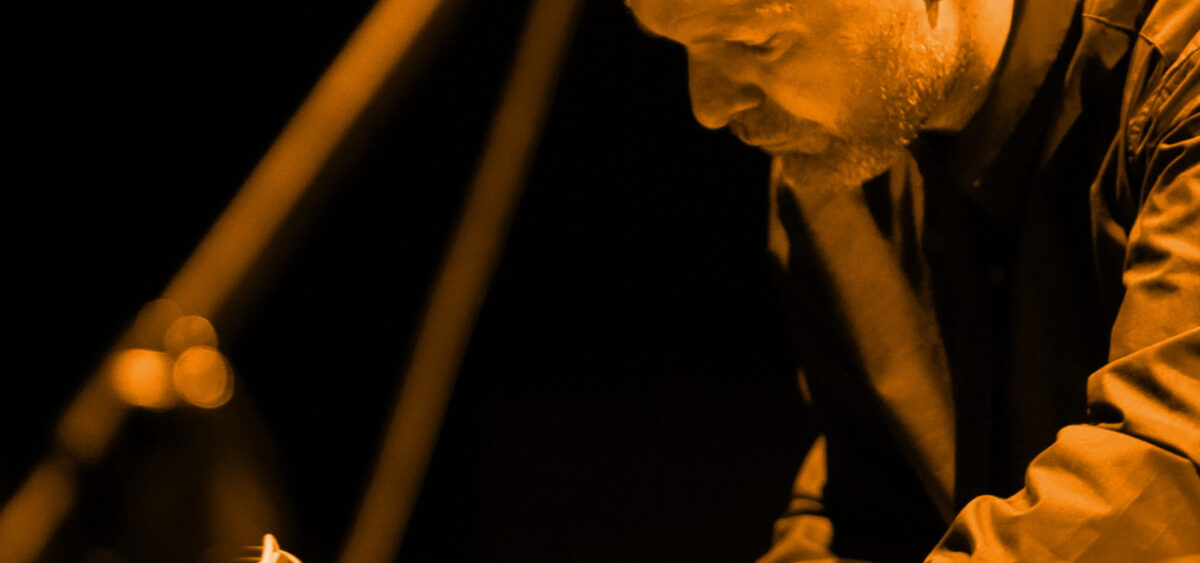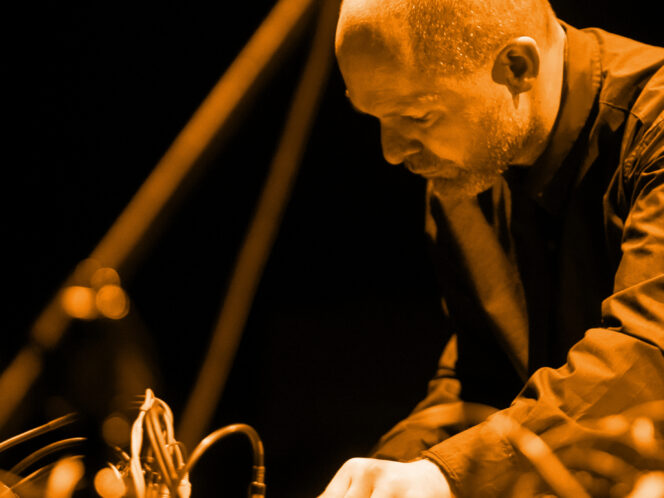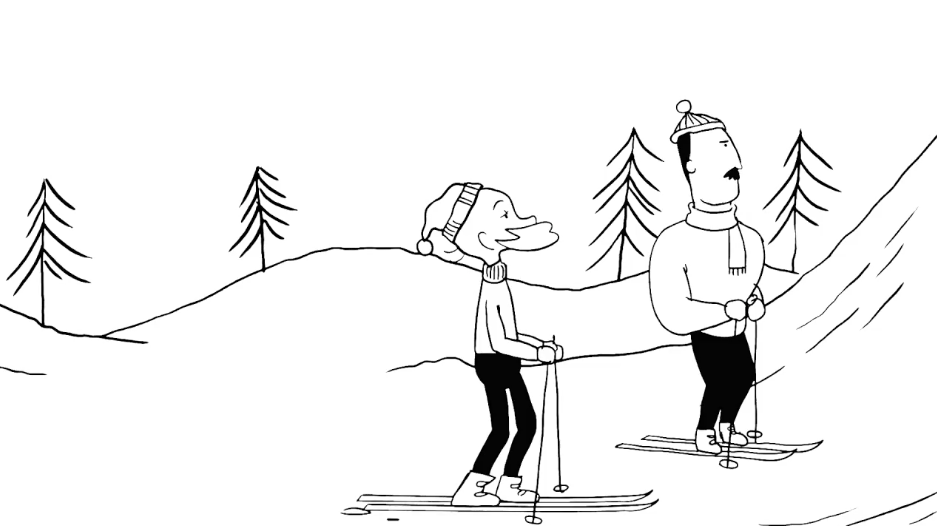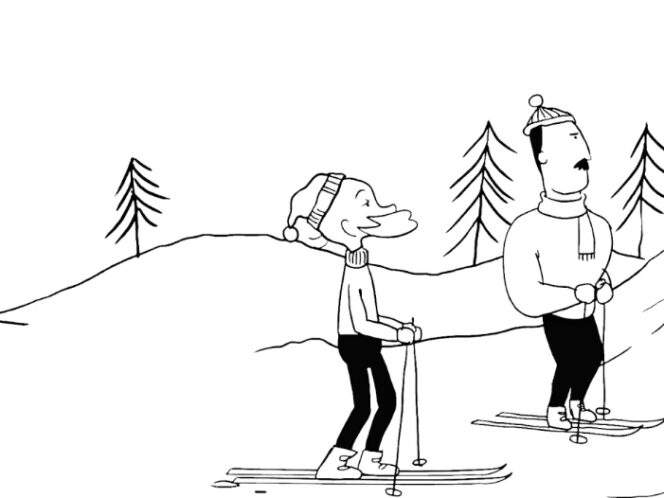
We search for beautiful views to capture them in photos. But musician Marcin Dymiter reminds us that a beautiful soundscape also counts, one where swishing trees, chirping sparrows, and the buzzing of bees play first fiddle.
Field recording is a way of documenting sounds in their natural environment. At the turn of the 19th and 20th centuries, this method was mainly employed in ethnography—researchers would record folk songs and music. But field recording also serves to document the sounds of nature. Before my conversation with Marcin Dymiter I’d been listening to his album Field Notes #4: Pejzaż Dźwiękowy Pomorza (“The Soundscape of Pomerania” in English). It was a cold, cloudy evening, but when I closed my eyes, I was surrounded by the croaking of frogs, the trills of great reed warblers from the nature reserve of the Baltic Sea’s Sobieszewo Island, the splashing of waves. I am momentarily (and mentally), transported to a summer day by the lake where I often kayak, listening to birds and the rustling of reeds. Even the most beautiful picture wouldn’t have taken me there. My face felt the warmth of the sun, and I could smell the slightly muddy water.
Aleksandra Kozłowska: Sound can take one on a journey through time and space. Is this why you’re making recordings for the Field Notes series—sounds from places you’ve visited?
Marcin Dymiter: Sound can indeed fully engage us in stunning ways, taking up the entire space, so that a person does not miss the visual sphere. I don’t know if this is related to one’s predispositions or to the atmosphere. In the busy everyday, listening is a unique experience.
You point this out in your book Notatki z terenu (“Notes From the Field”), where the focus isn’t on listening to the environment in some exotic








